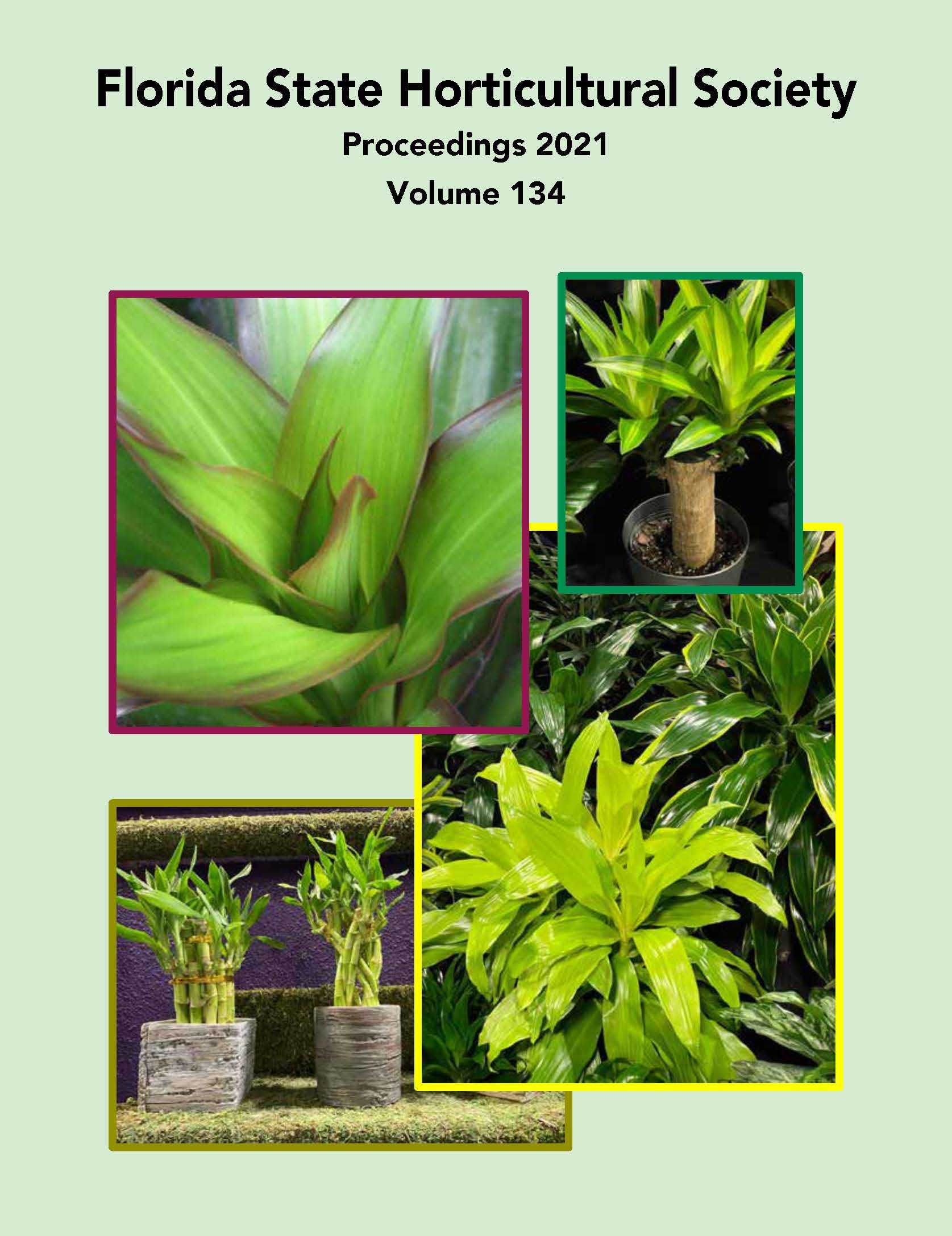Investigating the Potential of Oxygenated and Ozonated Water as a Replacement of Chlorine for Peach Sanitation
Abstract
Sanitation is an important postharvest step for peach packing houses aiming at reducing the microbiological load of the fruit as well as from all the surfaces they contact. It also ensures the food safety of the fruit and extends the postharvest shelf life. The most common sanitation method is the addition of chemical oxidizers such as sodium hypochlorite in the flume or hydrocooling water. A novel technology called High-Oxygen Water (HOW) is an alternative sanitation system based on the generation of stable nanobubbles of oxygen in water that can be coupled with ozone, without the need for chemicals. The suspended solution has the ability to reduce microorganism loads and could serve as an effective sanitation treatment for peaches during hydrocooling without chemical residues. The adoption of HOW could lead to a significant reduction in chemical and water consumption during the postharvest processing of peaches in a packinghouse. Based on our research, no changes in current packing lines need to be made other than the addition of a HOW generator in place of the chlorine injection system. Our team is evaluating the benefits of HOW by determining quality changes and decay incidence during storage compared to the standard sodium hypochlorite treatment. Peaches were treated using HOW at 10, 20, and 30 ppm of dissolved oxygen in a water tank for 30 minutes. This treatment was compared with a sodium hypochlorite treatment at 50 ppm of free chlorine as the standard agricultural practice in the industry. Peaches were stored at 1.5 °C and 90% relative humidity (RH) for 7, 14, 21, and 28 days plus 3 days of ambient temperature storage when postharvest quality traits were assessed. The potential for this technology to substitute for or enhance existing postharvest practices is being investigated. The results will provide valuable information for peach packinghouse operations.

